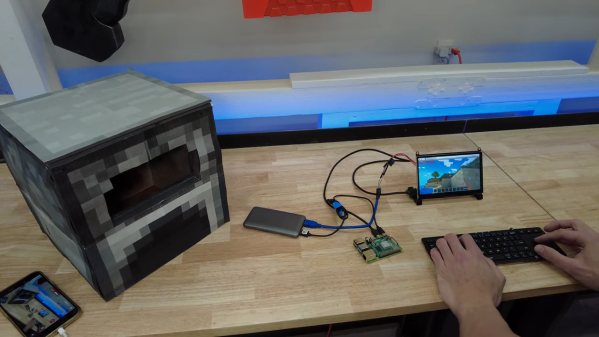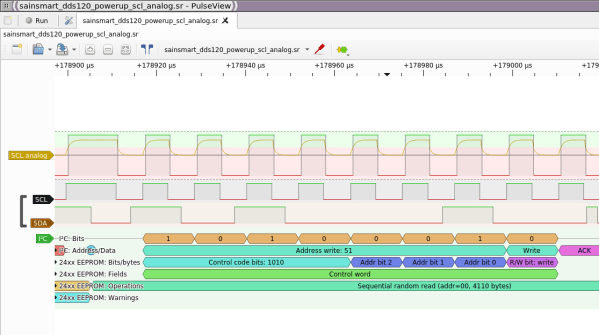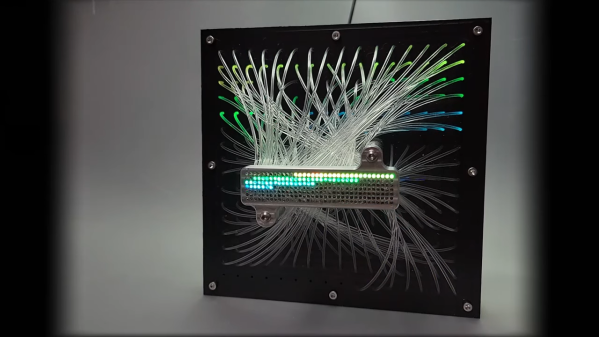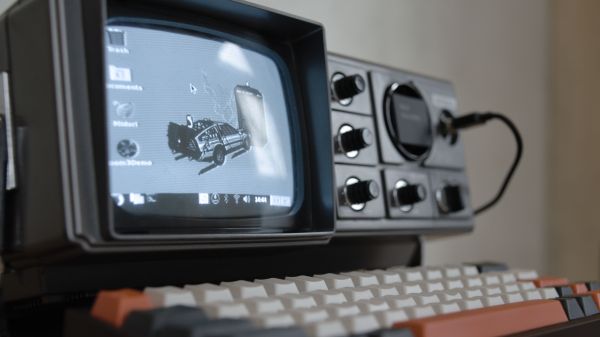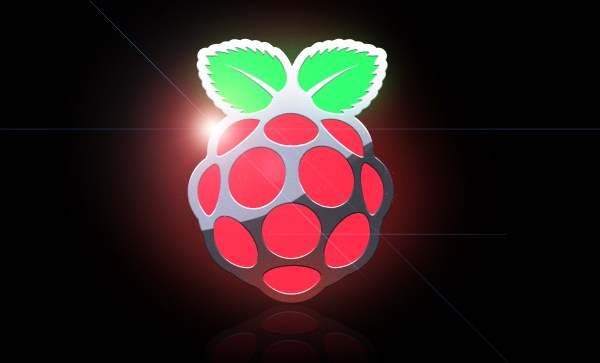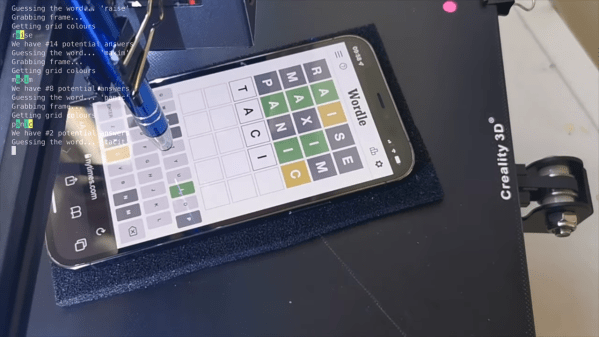Let’s face it, we all need a little distraction sometimes, especially lately. And for our money, there’s no better way to put your brain in park than to start up a Minecraft world and get to digging. The simple graphics, the open world, and the lack of agenda other than to find resources and build things are all very soothing.
But play the game long enough and you’re bound to think about what it would be like if the game world crossed over into the real world. The ironically named [Michael Pick] did just that when he managed to craft a real Minecraft furnace that can actually power the game. Of course, there are some liberties taken with the in-game crafting recipe for a furnace, which is understandable for a game that allows you to punch trees with a bare fist to cut them down.
Rather than using eight blocks of cobblestone to build his furnace, [Michael] made a wooden shell for a commercial folding camp stove. Insulated from the shell by a little cement board, the furnace looks pretty true to the in-game item. To generate the electricity needed to run the game, he used a pair of thermoelectric camping generators. With the stove filled with wood — presumably un-punched — the generators put out enough juice to at least partially charge a battery bank, which was then used to power a Raspberry Pi and 7″ monitor. His goal was to get enough power from the furnace to do a speed run in the game and find three diamonds to build a diamond pickaxe. Honestly, we’re jealous — our first diamonds never come that easy.
We’ve seen other Minecraft-IRL crossovers before. Fancy a ride in a minecart? We’ve got that covered. Or maybe you’d rather control a desk lamp from within the game? That’s a thing, too.
Continue reading “Replica Minecraft Furnace Actually Powers The Game”

